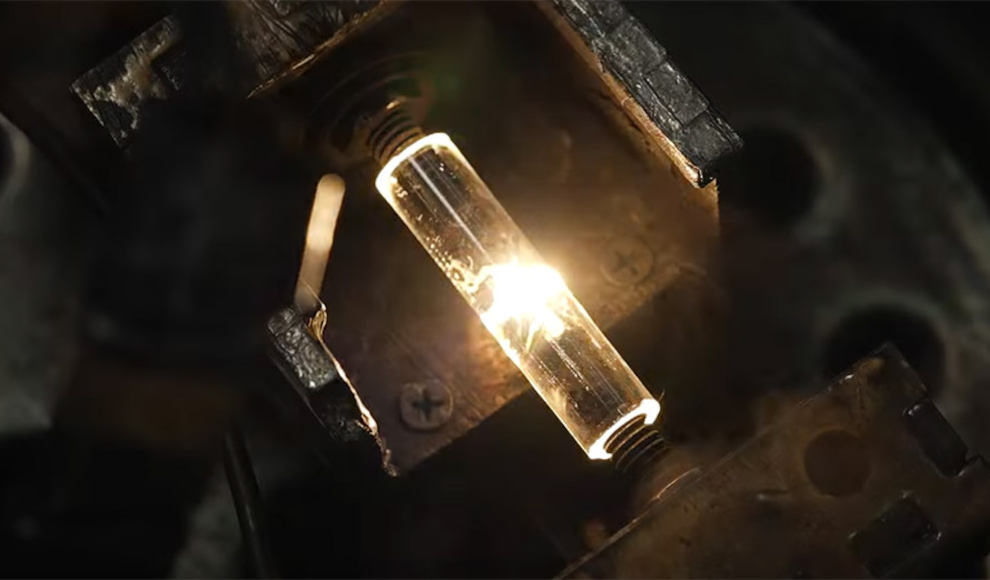In a breakthrough discovery, scientists at the Friedrich-Alexander-Universität Erlangen-Nürnberg (FAU) have found a way to extract rare earth metals from coal ash using a process called Flash Joule Heating. These metals, such as Yttrium, Neodymium, Terbium, and Dysprosium, are essential for modern technologies like semiconductors, generators, and electric cars. While China is the largest producer of rare earth metals, the discovery of a large deposit in South Africa and the use of coal ash as a source of these metals could help ensure a stable supply.
Coal ash, a byproduct of coal-fired power plants, contains about 500 parts per million of rare earth metals, making it a potential source of these valuable materials. However, traditional methods of extraction using strong solvents and acids are costly and environmentally damaging. The Flash Joule Heating process, which heats the coal ash to 3,000 degrees Celsius using a strong electrical current, has been found to be much more efficient and cost-effective. In fact, the amount of extractable rare earth metals using this method was between 170 and 230 percent higher than traditional acid extraction methods.
The Flash Joule Heating process not only offers a more efficient way to extract rare earth metals from coal ash, but it also produces metals with fewer impurities. The process is energy-efficient and cost-effective, requiring only around 600 kilowatt-hours per tonne, which translates to costs of around $12 per tonne. This is significantly cheaper than traditional extraction methods and could lead to higher profit margins for companies. The process can also be easily scaled up and integrated into automated processes, making it a promising solution for large-scale rare earth metal extraction from waste materials.
In conclusion, the discovery of a new method for extracting rare earth metals from coal ash using Flash Joule Heating is a significant breakthrough in the field of materials science. This process offers a more efficient and cost-effective way to extract these valuable metals, which are essential for modern technologies. With the potential to scale up and integrate into automated processes, this method could pave the way for large-scale rare earth metal extraction from waste materials, ensuring a stable supply of these metals for years to come.










